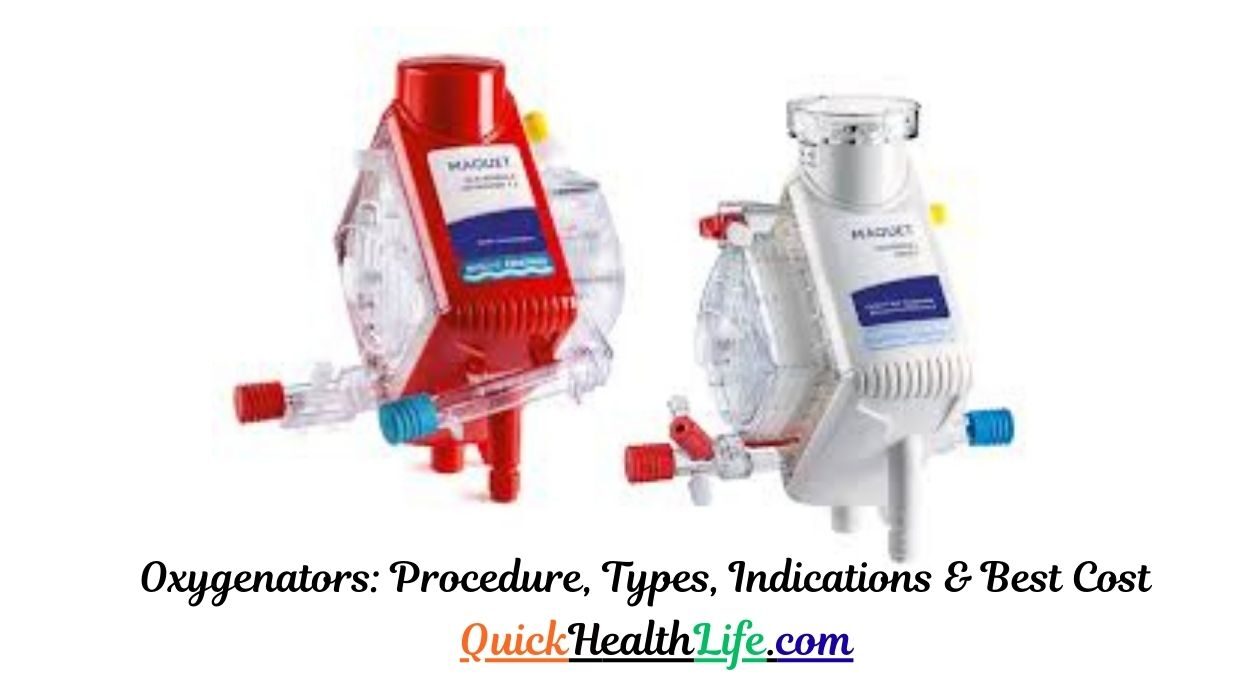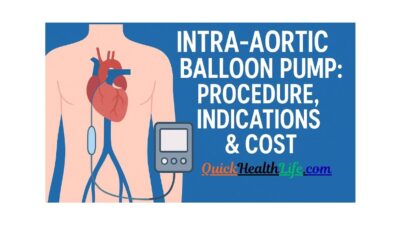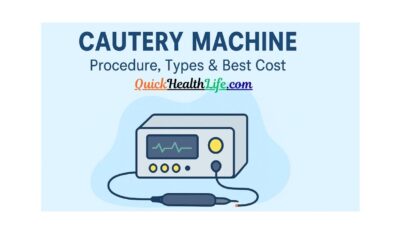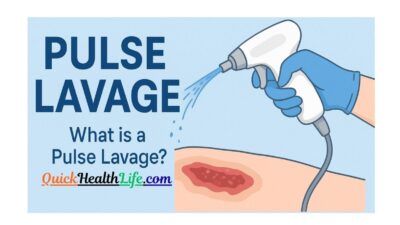What are Oxygenators?
An oxygenator is a device that adds oxygen to blood or water and removes carbon dioxide. It is widely used in:
- Medicine – during heart surgeries, ECMO (extracorporeal membrane oxygenation), and cardiopulmonary bypass.
- Environment – to maintain oxygen levels in ponds and aquariums.
- Home use – compact oxygen concentrator-like devices for personal health.
👉 In simple words: An oxygenator acts like an “artificial lung” for medical use and like an “oxygen pump” for ponds and aquaculture.
Table of Contents
History & Evolution of Oxygenators
- 1950s – Bubble oxygenators introduced for open-heart surgery.
- 1970s – Membrane oxygenators replaced bubble oxygenators due to safety.
- 2000s onwards – Compact oxygenators developed for ECMO and home healthcare.
- Present – Advanced oxygenators are widely used in CPB machines, ICUs, and aquaculture industries.
Oxygenators in Medicine
Oxygenators are essential in critical care and surgeries.
Role of Oxygenators in CPB (Cardiopulmonary Bypass)
- Used during open-heart surgeries to provide oxygen when the heart and lungs are stopped.
- Ensures continuous blood oxygenation and CO₂ removal.
Difference Between Oxygenator and ECMO
- Oxygenator: A component in CPB or ECMO that oxygenates blood.
- ECMO: A complete life-support machine that uses an oxygenator for prolonged heart-lung support.
Oxygenators for Home & Commercial Use
Oxygenators are not only for hospitals. They are used in households and commercial setups.
Oxygenators for Ponds (with Fish & Plants)
- Keep oxygen levels high in fish ponds.
- Prevent fish deaths and maintain water quality.
Oxygenators for Small Ponds
- Affordable, compact oxygenator pumps.
- Suitable for garden ponds or aquariums.
Oxygenators for Home Use
- Small oxygen concentrator-like devices.
- Used by patients with breathing difficulties.
Types of Oxygenators
There are several types of oxygenators depending on their use.
Bubble Oxygenator
- One of the earliest types.
- Mixes oxygen directly with blood.
- Rarely used now due to risk of gas embolism.
Membrane Oxygenator
- Modern and safer type.
- Blood flows on one side, gas on the other side separated by a membrane.
- Used in CPB and ECMO.
Oxygenators in Heart-Lung Machines
- Combination of pumps and oxygenators.
- Provide artificial circulation and oxygenation.
Oxygenators for Ponds (Plant-based vs Mechanical)
- Plant-based: Natural oxygenation through photosynthesis.
- Mechanical: Aerator pumps that create bubbles and oxygen diffusion.
Oxygenator Procedure: How They Work
Step-by-Step Working in CPB
- Blood is drained from the body into the oxygenator.
- Oxygen is added while carbon dioxide is removed.
- The oxygen-rich blood is pumped back into the patient’s body.
Working in Ponds & Aquaculture
- Oxygenators release fine bubbles into the water.
- Oxygen dissolves in water.
- Fish and plants absorb oxygen for survival.
Indications of Oxygenators
Medical Indications
- Open-heart surgery
- Respiratory failure
- Cardiac arrest support
- Chronic lung disease
Environmental & Household Indications
- Fish ponds and aquaculture
- Small home aquariums
- Patients with low oxygen levels
Oxygenator Market & Availability
The oxygenator market is rapidly growing due to demand in healthcare and aquaculture.
Oxygenators for Sale
- Available online and offline.
- Used units are cheaper but not recommended for medical use.
Online Market Trends
- Google search for oxygenators ppt and oxygenator pdf is rising among students.
- “Oxygenators for ponds with fish” is a trending keyword in aquaculture.
Oxygenator Price & Best Cost Options
The cost depends on type and usage.
| Type | Price Range (India) | Price Range (USA) |
|---|---|---|
| Medical Oxygenator (CPB) | ₹1.5–4.5 lakh | $5,000–$12,000 |
| ECMO Oxygenator | ₹4–10 lakh | $15,000–$25,000 |
| Pond Oxygenator | ₹1,500–₹25,000 | $50–$400 |
| Home Use Oxygenator | ₹15,000–₹50,000 | $300–$1000 |
Pros and Cons of Oxygenators
✅ Pros
- Life-saving in surgeries and critical care.
- Improves oxygen levels in ponds and aquariums.
- Available in multiple sizes for different uses.
❌ Cons
- Expensive for medical use.
- Requires regular maintenance.
- Some types (bubble oxygenators) have safety risks.
Oxygenators PPT & PDF (Educational Resources)
Medical and nursing students often search for oxygenators ppt and types of oxygenators pdf for study.
- PPT files provide visual learning.
- PDF notes summarize classifications and working principles.
FAQs
1. What are oxygenators used for?
They are used to add oxygen and remove carbon dioxide in medical surgeries, ponds, and aquariums.
2. What are the different types of oxygenators?
Bubble oxygenators, membrane oxygenators, and pond/home-use oxygenators.
3. What are oxygenators in CPB?
They are artificial lung devices used in cardiopulmonary bypass during heart surgeries.
4. What is the difference between oxygenator and ECMO?
Oxygenator is a component that oxygenates blood, while ECMO is a complete machine that uses oxygenators for long-term support.
5. What is the cost of oxygenators?
Medical oxygenators can cost between ₹1.5 lakh to ₹10 lakh, while pond oxygenators cost as low as ₹1,500.
6. Can oxygenator plants in ponds really work?
Yes, aquatic plants like hornwort and anacharis naturally oxygenate pond water.
Conclusion
Oxygenators are life-saving devices in medicine and useful tools in aquaculture and households. From CPB oxygenators in open-heart surgery to pond oxygenators keeping fish alive, their applications are diverse.



